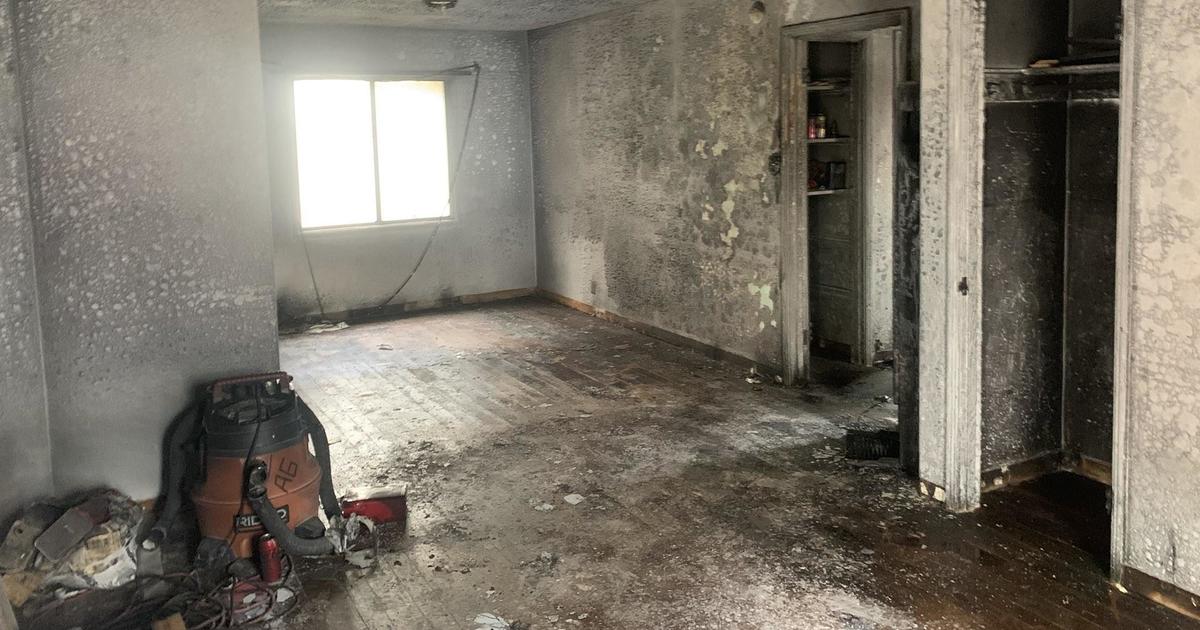Health Advisory On Dungeness Crab Partially Lifted
SACRAMENTO (CBS SF) – The California Department of Public Health has lifted the advisory regarding Dungeness crabs caught along the coast in all areas south of Point Reyes, according to officials.
California Department of Public Health (CDPH) Director and State Public Health Officer Dr. Karen Smith lifted the advisory for recreational crabbing Thursday following recent tests showing that traces of domoic acid have declined to low or undetectable levels in Dungeness crabs caught near Monterey, Half Moon Bay, San Francisco and Point Reyes.
Jordan Traverso from the California Department of Fish and Wildlife said they gave the recreational fishing fleet a seven day notice that they will be able to go out starting Thursday, February 18, in an area from Point Reyes south and that the recreation season could stretch into June.
The order does not cover commercial crabbing, according to Traverso.
However, Traverso said there are discussions going on which may give the go ahead to commercial fisherman to also start next week, but the final call on that will be made by the Department of Fish and Wildlife.
The partial lifting of the health advisory comes after the December 31 announcement late last year regarding Dungeness and rock crab caught between the Santa Barbara/Ventura County Line and Latitude 35° 40' N, near the Piedras Blancas Light Station in San Luis Obispo County.
The advisory remains in effect for Dungeness crab caught in state waters north of Latitude 38° 00' N near Point Reyes and for rock crabs caught in state waters around Santa Cruz, Santa Rosa, the San Miguel Islands and areas north of the Piedras Blancas Light Station due to continued elevated levels of domoic acid in crabs caught in those areas.
While the advisory has been partially lifted for Dungeness crabs caught south of Point Reyes, health officials warn that as a precaution, consumers are advised to not eat the viscera or internal organs (also known as "butter" or "guts") of those crabs.
The viscera usually contain much higher levels of domoic acid than crab body meat. When whole crabs are cooked in liquid, domoic acid may leach from the viscera into the cooking liquid. Water or broth used to cook whole crabs should be discarded and not used to prepare dishes such as sauces, broths, soups or stews (for such dishes as cioppino or gumbo), stocks, roux, dressings or dips.
The best ways to reduce risk are:
- Remove the crab viscera and rinse out the body cavity prior to cooking, or
- Boil or steam whole crabs, instead of frying or broiling, and discard cooking liquids.
Symptoms of domoic acid poisoning can occur within 30 minutes to 24 hours after eating toxic seafood. In mild cases, symptoms may include vomiting, diarrhea, abdominal cramps, headache and dizziness. These symptoms disappear within several days.
For more information, visit the CDPH web page on natural marine toxins.



